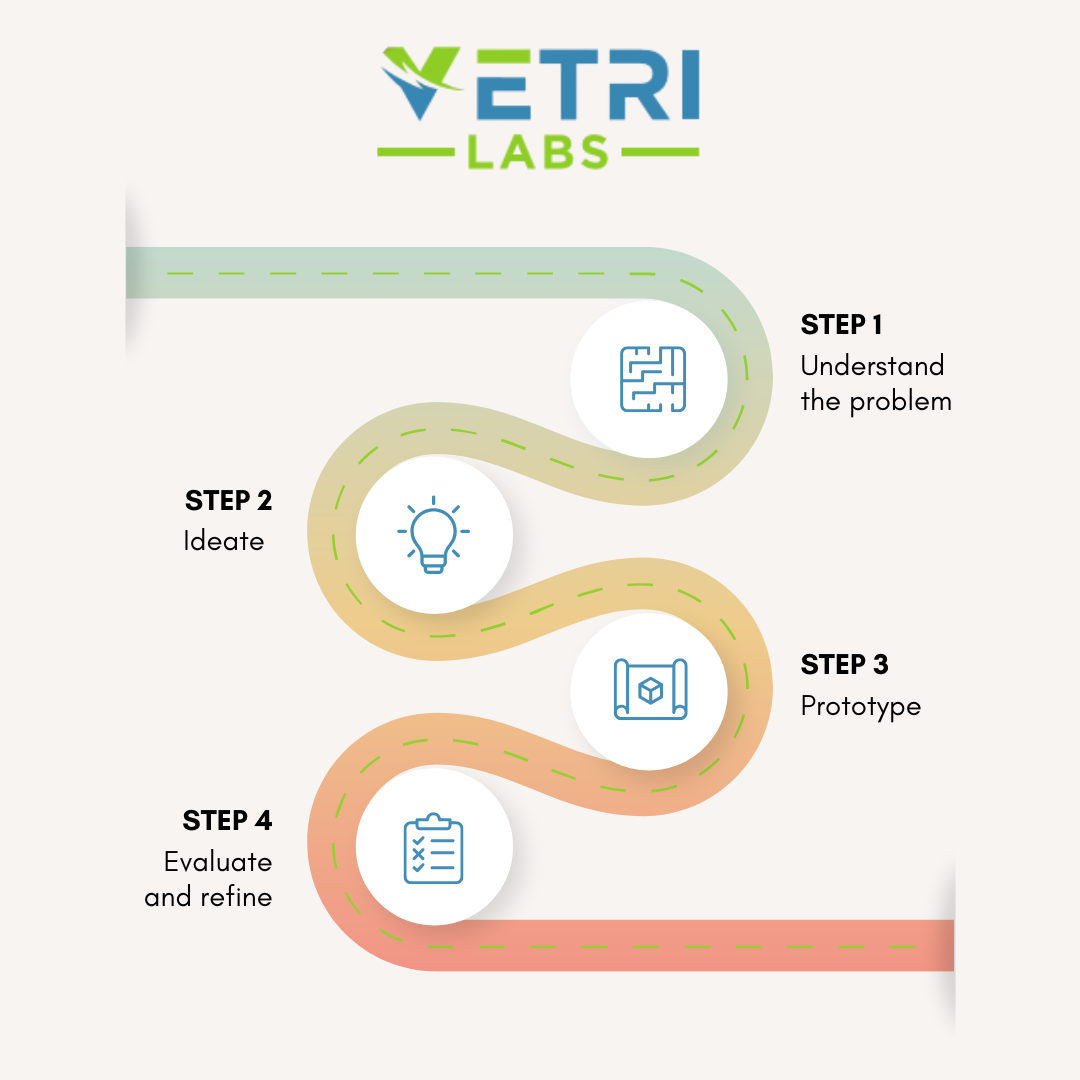The presence of toxic gases in the atmospheric environment is the result of industrial and automobile exhaust, increased population, and the excessive use of chemicals. To avoid damage to the environment it is critical to detect and quantify pollutants in the air. The most commonly found toxic gases include NH3, NO2, NO, SO2, CO, CO2, and organic vapors. Among these gases, NO is one of the common and toxic air pollutants from automobile exhausts, combustion of fossil fuels, home heaters, furnace exhausts, arcwelding, electroplating, and power plants. NO in combination with other chemicals and sunlight can produce nitric acid. If nitric acid is inhaled by humans it can cause severe damage to respiratory organs and nerves. Current technologies for the detection of these gases involve the use of a variety of materials such as organic polymers, metal-oxides, carbon nanotubes, and graphene.
Currently, metal oxide-based sensors are the preferred technology, however, several drawbacks limit their application. Metal oxide-based sensors often suffer from easy poisoning, limiting their sensitivity. Also, they require long recovery periods and operate at high temperatures. Owing to their unique properties, nanomaterials are considered promising prospects for sensing applications. For instance, graphene and graphene-based nanomaterials have shown improved sensitivity due to the large specific surface area, fast electron kinetics, and strong surface activities.
In the search for highly sensitive and portable sensors that work at low temperatures, several new materials have been raised including MoS2. Two-dimensional layered MoS2 is very attractive for gas sensing applications due to their high surface-to-volume ratio, high surface activities, and sensitivities, along with their good stability and fast response time. The suitable and tunable bandgap energies in MoS2 materials makes them more desirable than graphene for gas sensing applications.
Recently, Chacko et al reported a study exploring the use of different MoS2 materials such as pure MoS2, MoS2-ZnO, MoS2-Ni, and MoS2-Pd for the fabrication of sensor devices (Chacko et al., 2020). The sensors were exposed to NO, NO2, NH3, and H2S gases, and their selectivity, sensitivity, and repeatability were assessed. The results showed that the Pd-MoS2 layers exhibited a very high relative response to NO gas (700%) at 2 ppm concentration with a detection limit of 0.1 ppm. Ni-MoS2 showed a relative response of 80% towards H2S gas with a limit of detection of 0.3 ppm. According to the authors, the good repeatability and selectivity of both sensors are related to the increased adsorption energy of NO on Pd-MoS2 and H2S on Ni-MoS2 through the formation of PdNOx and NiS2 complexes respectively.
The exploration of MoS2 materials can help to meet the requirements of real sensing applications such as high sensitivity, limited cross-sensitivity, multi-component capability, and fast response time. Different studies have demonstrated that the application of MoS2 materials is not limited to gas sensors for pollution control, they also can be used for the fabrication of biosensors (DNA sensors) for the detection of cancer biomarkers.
Watch the discussion of this paper in our Weekly Science Review:
For more details please refer to the full article that is available at https://iopscience.iop.org/article/10.1149/1945-7111/ab992c
Chacko, L., Massera, E., & Aneesh, P. M. (2020). Enhancement in the Selectivity and Sensitivity of Ni and Pd Functionalized MoS 2 Toxic Gas Sensors. Journal of The Electrochemical Society, 167(10), 106506. https://doi.org/10.1149/1945-7111/ab992c







